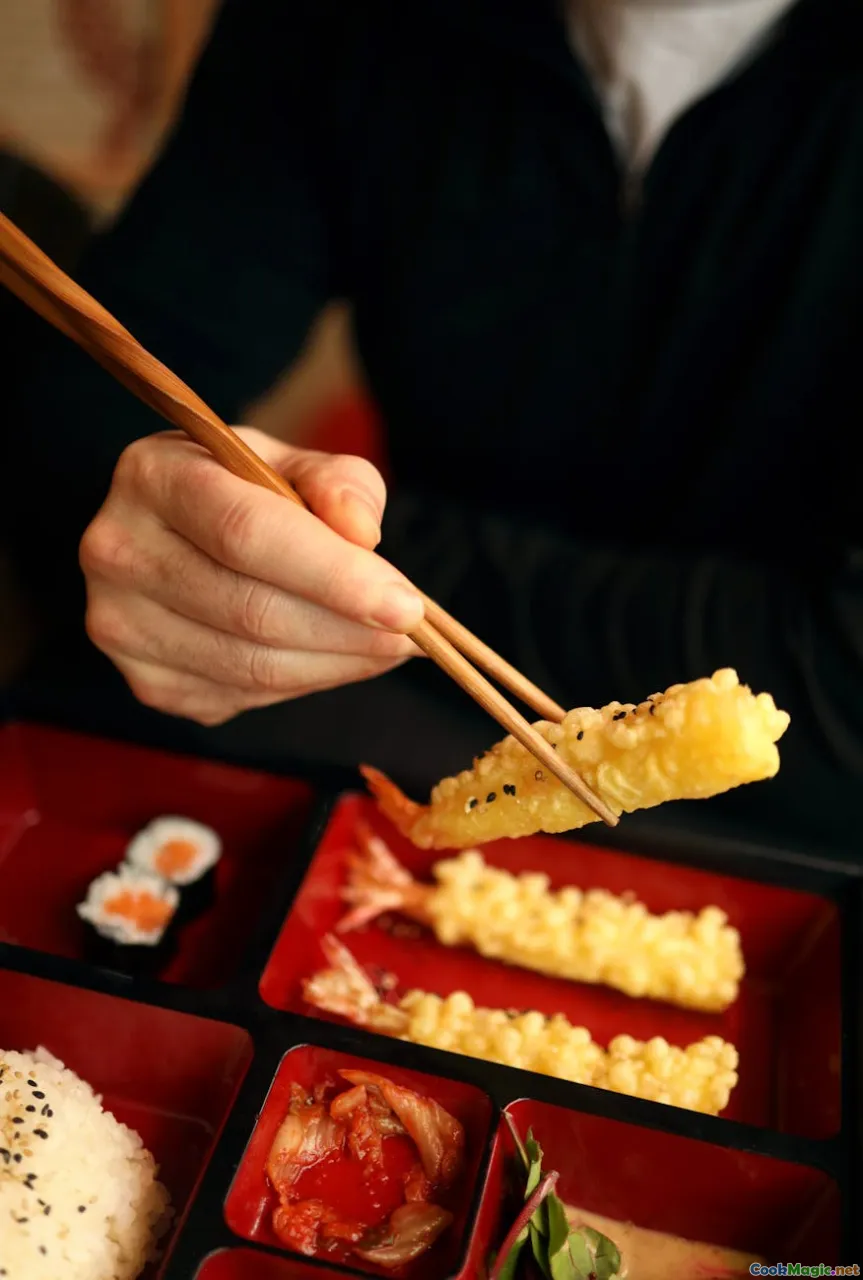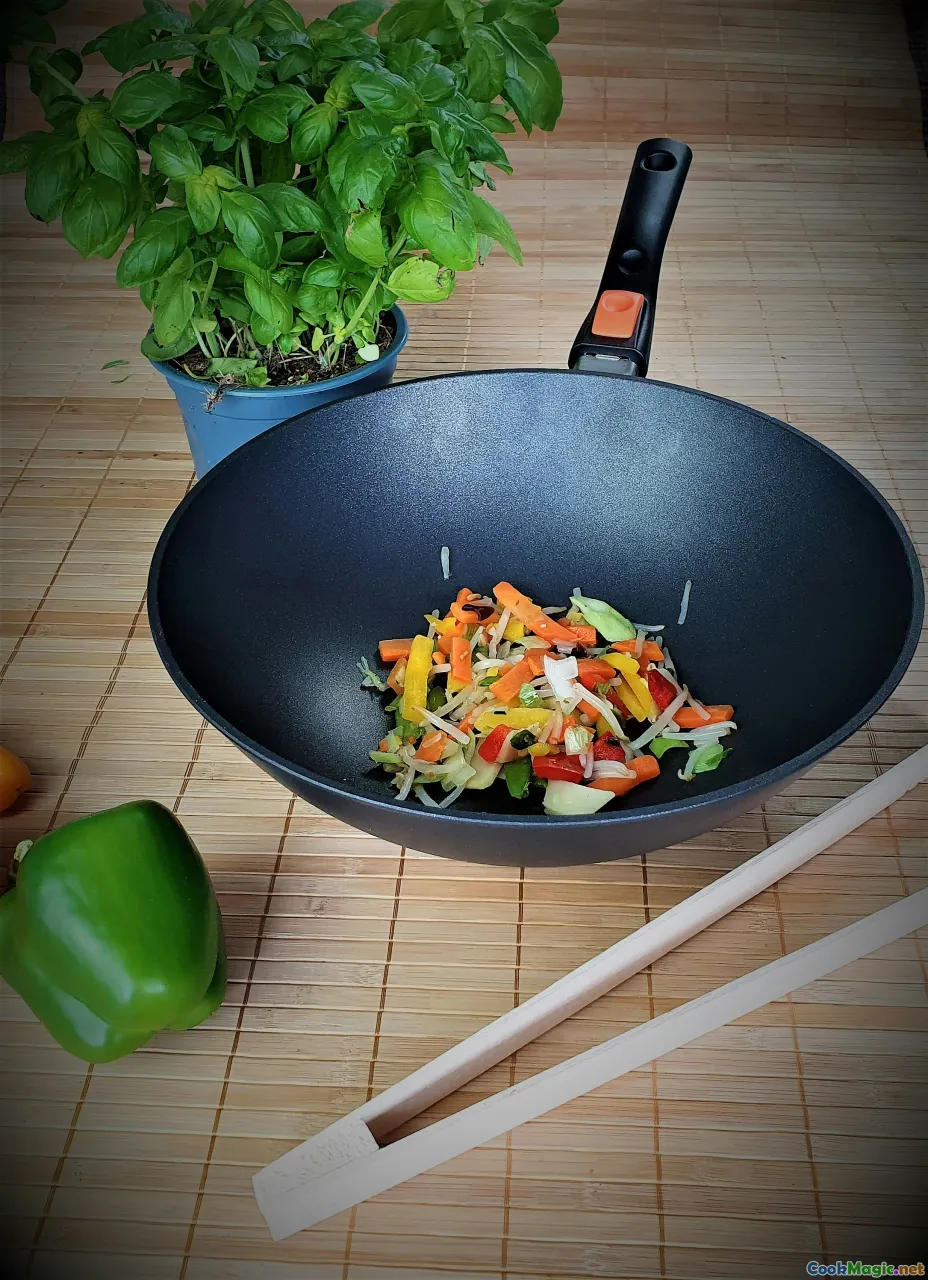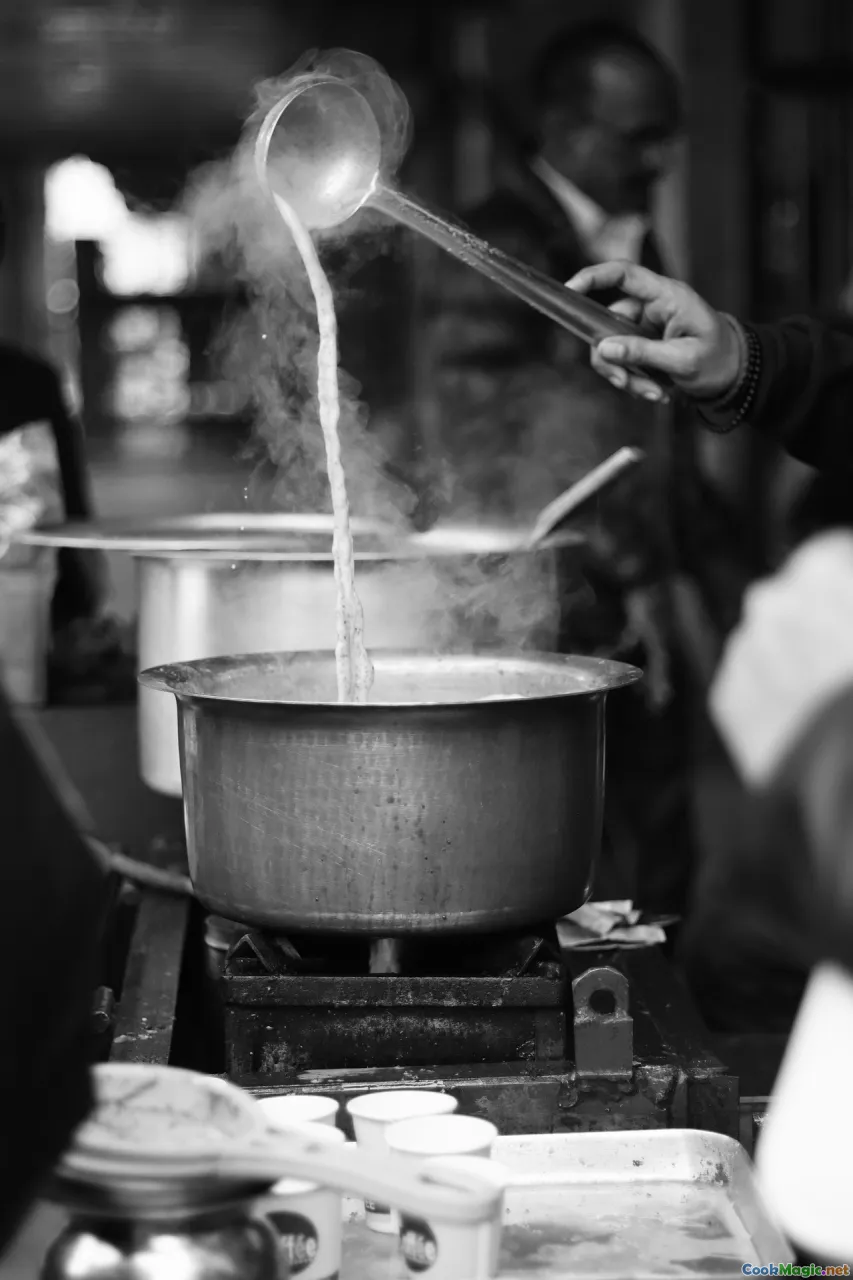Transforming Leftover Rice into Crispy Fried Rice
12 min read Discover simple techniques to turn leftover rice into irresistibly crispy fried rice full of flavor and texture. October 01, 2025 18:05
Transforming Leftover Rice into Crispy Fried Rice
Few culinary tricks excite the senses quite like turning humble leftovers into a glossy, savory masterpiece. Of all the kitchen alchemy, transforming day-old rice into irresistibly crispy, fragrant fried rice holds a special place in my heart—and in millions of homes worldwide. It’s a dish that embodies resourcefulness, history, and the comforting aroma of stir-fried goodness, carrying stories from humble Asian street stalls to family dinner tables.
In this comprehensive guide, I’ll walk you through the art and science of making the perfect crispy fried rice from your leftovers, share cultural insights, and sprinkle in personal tips to elevate your cooking. Whether you’re a novice eager to up your culinary game or a seasoned home chef seeking new inspiration, this journey will deepen your appreciation for this simple yet profound dish.
The Charm and History of Fried Rice

Fried rice is more than just a quick meal—it's a culinary emblem in many Asian cultures, particularly in China, Indonesia, Thailand, and Japan. The origins trace back centuries to a practical solution: utilize leftover rice to create a hearty, flavorful dish that filled bellies without waste. As rice is a staple, every region put its unique spin on it, adding local spices, vegetables, and proteins.
In Chinese cuisine, 'Chǎofàn' is a household favorite, often cooked in a seasoned wok with soy sauce, scallions, and whatever else is at hand—be it shredded pork, shrimp, or vegetables. Across Southeast Asia, fried rice dishes like Nasi Goreng from Indonesia or Khao Pad from Thailand display vibrant flavors, exotic spices, and bold aromas that evoke street markets and bustling night bazaars.
Reflecting a shared cultural value—waste not, want not—this dish epitomizes resilience and ingenuity.
The Art of the Perfect Leftover Rice

Before diving into stir-frying, the foundation must be set. Leftover rice is typically drier and firmer than freshly cooked rice, which might seem counterintuitive; however, this dry texture is essential for achieving the coveted crispiness.
Key Tips:-Use refrigerated rice: After cooking, spread the rice on a baking sheet to cool rapidly, then store it in an airtight container in the fridge for at least 12 hours. Cold rice helps prevent clumping and promotes separation—ideal for frying.
- Avoid using freshly steamed rice: It’s too moist and can lead to soggy fried rice. The moisture will turn into steam during stir-frying, making the rice mushy instead of crispy.
- Break up clumps: Before cooking, gently crumble the rice with your fingers or a fork to ensure even heat distribution and separation.
Test your rice’s readiness by cooking a small batch in a hot pan. If it sizzles and crisps quickly without becoming mushy, you’re on the right track.
Essential Equipment and Ingredients

Achieving restaurant-quality crispy fried rice at home hinges on choosing the right tools and ingredients:
- Wok or a large skillet: Nothing beats a seasoned wok for high heat and that authentic wok hei (breath of wok) aroma. Alternatively, a wide, heavy-bottomed skillet works well.
- High smoke-point oil: Vegetable oil, peanut oil, or even grapeseed oil prevent burning and handle high temperatures.
- Aromatic foundations: Garlic, ginger, and scallions form the flavor base.
- Seasonings: Soy sauce and oyster sauce are classics; a splash of dark soy adds richness, while fish sauce or sesame oil bring depth.
- Vegetables: Peas, carrots, diced bell peppers, corn—all chopped uniformly for quick cooking.
- Proteins: Think scrambled eggs, diced chicken, cooked shrimp, or silken tofu—add what suits your taste and pantry.
Having all ingredients prepped before you begin ensures a smooth cooking process and prevents overcrowding.
Step-by-Step: How to Make Crispy Fried Rice

1. Prep the Ingredients
Gently crumble the cold leftover rice, chop vegetables and proteins uniformly, and prepare your aromatics.
2. Heat Your Pan
Place your wok or skillet over high heat. Once hot, add a few tablespoons of oil, swirling to coat the surface.
3. Sauté Aromatics
Add minced garlic and ginger, stirring quickly until fragrant (about 15-20 seconds). Be cautious not to burn them.
4. Cook Vegetables and Proteins
Toss in vegetables, stirring constantly; add proteins and cook until just heated through.
5. Add the Rice
Add the crumbled cold rice. Spread it out evenly and let it sit for a moment to develop a crispy bottom. Then, use a spatula or wooden spoon to stir, constantly flipping and folding to coat with aromatics and evenly fry.
6. Season and Flavor
Pour in soy sauce, oyster sauce, and a dash of sesame oil. Continue stir-frying to distribute flavors evenly.
7. Achieve Crespy Perfection
To create that golden crust, let the rice sit undisturbed for a few seconds. Repeat this process, flipping and pressing down, until each side exhibits a toasted, crisp texture.
8. Finish and Serve
Toss in sliced scallions or chopped herbs. Taste and adjust seasoning with salt or soy if needed. Serve immediately for the crispiest texture.
Variations and Creative Twists

Personal touches transform simple fried rice into signature dishes:
- Kimchi Fried Rice: Stir in chopped, fermented kimchi and its juices for a tangy, spicy kick.
- Pineapple Fried Rice: Add diced pineapple and cashews for sweetness and crunch, inspired by Thai cuisine.
- Vegetarian Delight: Use scrambled tofu or extra vegetables to keep it hearty and satisfying.
- Spicy Kick: Incorporate chili paste, Sriracha, or fresh chili slices.
These variations not only diversify your meal options but also reveal the nuance and regional character of this dish.
Troubleshooting and Common Pitfalls

Even seasoned cooks encounter challenges. Here’s how to avoid common pitfalls:
- Soggy rice: Always use cold, dry leftover rice. Adding moisture causes steaming, not frying.
- Burnt rice: Maintain high heat but monitor constantly. Use a wok spatula to stir and prevent sticking.
- Clumping: Crumble rice thoroughly and stir often.
- Lack of flavor: Don’t skimp on soy sauce and aromatics. Taste as you go.
Remember, consistency and attention to detail are your best tools.
Cultural Reflections and Personal Notes

My personal journey with fried rice began in a bustling street eatery in Bangkok. The intoxicating aroma of garlic and jasmine rice, the lively chatter of vendors, and the sizzle of rice in a gigantic wok left an indelible impression. Watching street vendors masterfully toss rice with iron spatulas, creating a glossy, caramelized crust, inspired my own kitchen experiments.
Fried rice became more than a comfort food—it became a symbol of resilience, humility, and community. Through the years, I’ve repurposed leftovers from Sunday roasts, holiday feasts, and simple weeknight meals into vibrant, crunchy dishes, each carrying its own story.
This dish reconnects us with our past, our heritage, and our ingenuity—be it in a home kitchen or a street stall thousands of miles away.
A Final Word: Make It Yours
Transforming leftover rice into crispy fried rice isn’t just about technique; it’s about improvising, tasting, and personal expression. Whether you prefer a light side dish or a hearty main with layers of flavor, this dish invites creativity.
So next time you find that bowl of cold rice stashed in the fridge, recall the rich history, the sizzling sounds, and the lovely aroma—then go ahead and turn it into a golden, crispy delight. With each batch, you’ll craft not just a meal but a story shared around a steaming plate.
Happy stir-frying!









